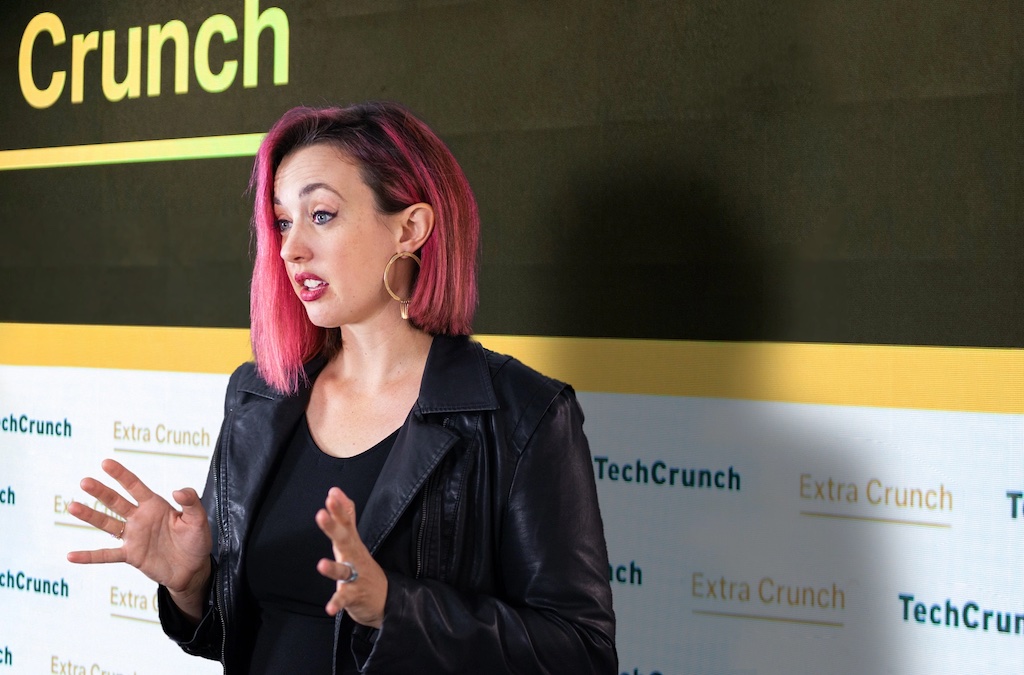Here’s another edition of “Dear Sophie,” the advice column that answers immigration-related questions about working at technology companies.
“Your questions are vital to the spread of knowledge that allows people all over the world to rise above borders and pursue their dreams,” says Sophie Alcorn, a Silicon Valley immigration attorney. “Whether you’re in people ops, a founder or seeking a job in Silicon Valley, I would love to answer your questions in my next column.”
TechCrunch+ members receive access to weekly “Dear Sophie” columns; use promo code ALCORN to purchase a one- or two-year subscription for 50% off.
Dear Sophie,
Our startup is recruiting engineers. Most of our team works remotely, but some of our potential recruits would want to work in the office. They are international students graduating in December, as well as some individuals who have worked with us remotely as contractors. What are the quickest visa options we should consider? Can their supervisor work remotely? Anything else we should keep in mind?
— Rigorous Recruiter
Dear Rigorous,
It’s so interesting to hear that your prospective recruits want to work in an office. As you might have guessed, students and recent grads want to meet people and form relationships that come with working in an office with team members. Sounds like that’s true of the international talent you’re looking to recruit as well.
Let’s start with your second question. Supervisors are not universally required to work in person with visa holders. However, supervisors can help guide and support new hires, and impart your company’s culture, which is very important for employee connection, happiness and retention. The exact relationship and amount of oversight depends on the specific immigration category you’re considering.
Now let’s look at visa options for the international students.
Hiring F-1 students is a quick option!
After at least one full year of academic coursework, international students on an F-1 visa are eligible for Optional Practical Training (OPT). This allows them to get work authorization that enables them to work full-time for one year.

Image Credits: Joanna Buniak / Sophie Alcorn (opens in a new window)
Under OPT, students have two options:
- After completing a full year of coursework, they can work part-time (20 hours per week or less) while continuing with their coursework, which is called pre-completion OPT. Students who work under pre-completion OPT for one year can work full time for another six months.
- After graduation, students can choose post-completion OPT, where they work full-time (40 hours per week) for one year. Most F-1 students chose this option.
If you extend an offer for post-completion OPT to somebody who has completed some amount of pre-completion OPT, talk to them and the Designated School Official (DSO) at their school about how much of the full 12 months they have remaining.















 English (US) ·
English (US) ·